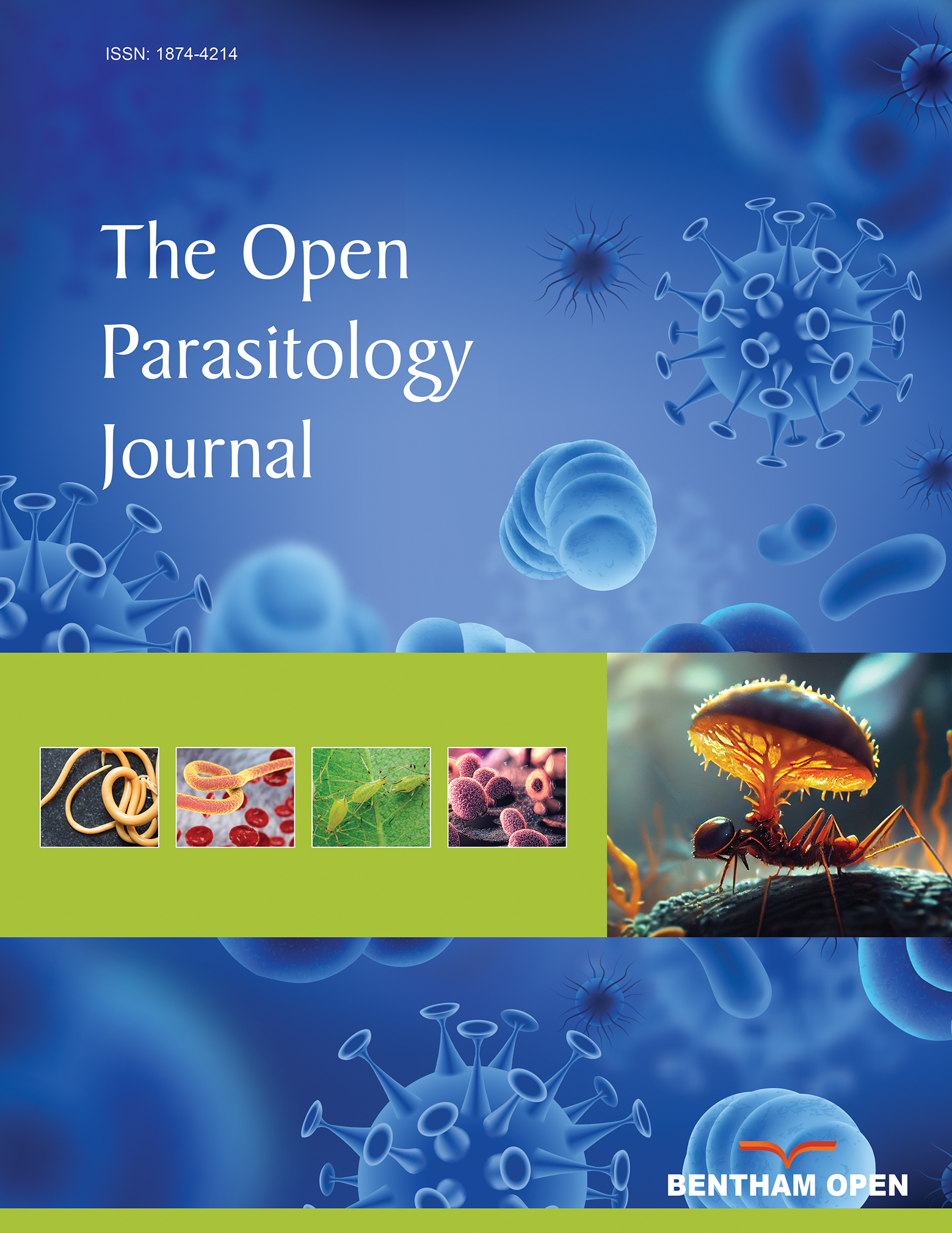Factors Affecting Helminth Abundances in Synanthropic Rodents of an Urban Environment
Abstract
Background:
Current levels of urbanization cause changes in the ecology of hosts, the pathogens, or both, promoting the proliferation of zoonotic diseases. Rodents are a good biological model for the development of pathogen transmission models because it presence is often related to a none-adequate environmental management.
Objective:
The main goal of this paper was to study the changes in the abundance of helminth populations in synanthropic rodents of an urban landscape.
Methods:
A total of 92 R. norvegicus and 65 M. musculus were captured in the City of Buenos Aires (Argentina) and were screened for parasites. The variations in helminth abundances were studied at host population scale to determine the factors, such as the type of environment, meteorological conditions and demographic parameters of the hosts, which have an effect on helminth infection rates.
Results:
Parasites with intermediate hosts or free living larval stages in their life cycle were the most affected. It was found how rodents’ use of the habitats in the different urban environments has an effect on the helminth infection levels. Besides, the importance of season on helminth abundance was determined, suggesting that climatic conditions are crucial for parasite survival and transmission.
Conclusion:
This information is relevant because it not only allows us to deepen the ecological dynamics of parasites in urban rodents, but also shows that environmental conditions are determinants for the persistence of helminth populations in a city.


